< My Thoughts > “Day 30.”
Here, are some final thoughts, on this last day of April Is Autism Awareness Month. You may find the following information interesting. And, my hope is that my website will be shared, globally. Thank you.
< My Thoughts > “Movie: In A Different Key…”
Here are some of the words which resonated with me, from the stars of this movie –
- “Try different things (careers/college/program) until it’s the right fit.”
- “I was forced to do things which had no meaning to me.”
- “Both sides (with & without autism) need to make adjustments.”
- “Words (both helpful & hurtful) make a difference.”
- “Early ‘inclusion’ can result in lifetime friendships.”
- “We need support, encouragement, & acceptance.”
- “Meeting people & making friendships are awkward.”
- “High-functioning people have struggles. Low-functioning people have strengths.”
- “I want people to see that I’m a good person.”
Another book of interest –
Frisch, D. (2024) finds that Seattle artist Gregory Blackstock was born in 1946, a time when the term autism was scarcely known. As was common then, his family physician gave the diagnosis of paranoid schizophrenia and, from the age of 10 to 15, Blackstock was sent far from home to special boarding schools for "troubled" children. After a stint at a local vocational school, he spent most of his life working menial, difficult jobs. He was well into adulthood before it became so clear he exactly fit the profile of an autistic person.
Reference:
Frisch, D. (2024). Gregory Blackstock; Retrieved online from –
https://www.wnewhouseawards.com/gregoryblackstock.html
Once again, a reminder of my Free ASD Book, along with the Index – Know Your Child, Know Autism: with < My Thoughts > by Sara Luker
< My Thoughts > Know Your Child, Know Autism: with < My Thoughts > by Sara Luker
How this book came into being. Plan A for this website was to provide parents with a place to search for and share information about autism. As a Special Education educator, all too often, I heard parents say – our Healthcare Provider only offered: “Try to read everything you can about autism.” As my website BLOG viewers grew in number, a college professor suggested that I put together a ‘supplemental text’ for academics learning about autism. A ‘supplemental text’ became Plan B. Plan C (for ‘currently’) is to provide my Free ASD Book, Know Autism, Know Your Child: with < My Thoughts > by Sara Luker; 2024, with a click of the wrist. Along with parents, caregivers, healthcare providers, special education teachers/academics, and healthcare therapists; everyone knows of someone on the autism spectrum. Please, READ & SHARE. Spread the word and shine a light on autism. Thank you.
Note: Excerpts from the books – (13% indicates location in the Kindle version of the eBook, instead of page numbers).
Sharing of my website and BLOG Comments welcomed. Thank-you to those of you who have sent comments... much appreciated!
Regards,
Sara Luker
////
BOOK INDEX: Know Autism – Know Your Child: with < My Thoughts > by Sara Luker; 2024
UNIT 1 – How Will I Know It's Autism?
UNIT 1 – INTRODUCTION
UNIT 1 – CHAPTER 1 – Checklists
UNIT 1 – CHAPTER 2 – Red Flags
UNIT 1 – CHAPTER 3 – Centers for Disease Control & Prevention (CDC)
PART 1. Developmental Screening
UNIT 1 – REFERENCES
UNIT 1 – APPENDIX A Informal Checklist with < My Thoughts > by Sara Luker
UNIT 2 – Why Is It Autism?
UNIT 2 – INTRODUCTION
UNIT 2 – CHAPTER 1 – Diagnosis & DSM-5 Diagnostic and Statistical Manual of Mental Disorders – Fifth Edition; published in 2013 by the American Psychiatric Association (APA)
UNIT 2 – CHAPTER 2 – Denial & Misdiagnosis
UNIT 2 – CHAPTER 3 – Doctors & Direction Unit 1 – REFERENCES
UNIT 2 – REFERENCES
UNIT 2 – APPENDICES:
APPENDIX A Screening Assessments
APPENDIX B Latest Findings
APPENDIX C Developmental Screenings
UNIT 3 What Is Most Concerning?
UNIT 3 – INTRODUCTION
UNIT 3 – CHAPTER 1 – Gross & Fine Motor Skills
PART 1 – Poor Eating
PART 2 – Toilet Training
UNIT 3 – CHAPTER 2 – Speech & Language Communication (Including 'Nonverbal' & assisted/alternative communication)
UNIT 3 – CHAPTER 3 – Cognition & Temperament/Personality
UNIT 3 – REFERENCES
UNIT 3 – APPENDIX A (Toileting)
UNIT 3C ~ SOCIAL/PERSONAL AWARENESS & DAILY LIVING SKILLS
UNIT 4 – When Is It Sensory?
UNIT 4 – INTRODUCTION
UNIT 4 – CHAPTER 1 – Sensory Issues
PART 1.
a. Sensory Defensiveness
b. Sensory Avoidance
UNIT 4 – CHAPTER 2 – Sensory Categories
PART 1. HYPO-ACTIVITY
PART 2. HYPER-ACTIVITY
PART 3. SIRS (Sensory Interests, Repetitions, & Seeking behaviors)
a. Sensory Interests
a. 1. SIBs Self-Injurious Behaviors.
b. Repetitious Behavior
c. Seeking Behavior
PART 4. ENHANCED PERCEPTION
APPENDIX –
UNIT 4 – CHAPTER 3 – Sensory Integration
PART 1. Sensory System
PART 2. Sensory Profile
PART 3. Sensory Diet
a. Brushing Techniques
PART 4. Sensory Room
UNIT 5 – What to Do While You Wait?
UNIT 5 – INTRODUCTION
UNIT 5 – CHAPTER 1 – Getting to Know Your Child & Yourself & Your Concerns
UNIT 5 – CHAPTER 2 – Determining Social & Personal Awareness
UNIT 5 – CHAPTER 3 – Working on Daily Living Skills aka Getting Started with Concerns
UNIT 5 – CHAPTER 4 – Understanding a Child’s Thinking
PART 1 Learning Strengths
PART 2 Learning Weaknesses
UNIT 5 – REFERENCES
UNIT 5 – APPENDICES – Eight Types of Visual Processing Disorders
UNIT 6 – Where to Look for Resources?
UNIT 6 – CHAPTER 1 – Networking & Support
UNIT 6 – CHAPTER 1 – INTRODUCTION
UNIT 6 – CHAPTER 1 – Networking
a. Autism CARES Act of 2019
b. Government Websites
CHAPTER 1 – Support
UNIT 6 – CHAPTER 2 – Insurance & Intervention
UNIT 6 – CHAPTER 2 – INTRODUCTION
UNIT 6 – CHAPTER 3 – Laws ~ Federal, State, & Local
UNIT 6 CHAPTER 3 – INTRODUCTION
a. Individualized Education Plan (IEP)
b. Autism Education & Anti-Bullying Policies
UNIT 6 CHAPTER 4 – Where to Look for Resources?
UNIT 6 CHAPTER 4 – CHAPTER 4 – FUTURE CHALLENGES
UNIT 6 CHAPTER 4 – INTRODUCTION
a. 40 Something
b. Geriatrics (Resources & get on ‘waiting lists’, Finances. Individual’s Insurance, Health Care, Colleges, Adult Day Care, Adult Group Homes, Assisted Living, Nursing Facilities, Hospice/Palliative.)
UNIT 6 CHAPTER 4 – REFERENCES
UNIT 6 CHAPTER 4 – APPENDICES – Nurse Tips for Dealing with Autistic Patients; Guardianship
UNIT 7 – 0 Who May Help?
CHAPTER 1 – INSTRUCTIONAL PROGRAMS & TREATMENTS
INTRODUCTION
APPENDIX
CHAPTER 2 – THERAPIES
INTRODUCTION
APPENDIX
CHAPTER 3 – OTHER THERAPIES
INTRODUCTION
APPENDIX
UNIT 7 – 1 OTHER THERAPIES
Section 1: ABA, CBT, DIR, OT, PECS
UNIT 7 – 2 OTHER THERAPIES
Section 2: RDI, SPD, ST, TEAACH
UNIT 7 – 3 OTHER THERAPIES
Section 3: Introduction, Medication & Dietary Approaches
UNIT 7 – 4 Complementary & Alternative Medicine (CAMs)
Section 4: CAMs
PART 1 –
1. acupuncture
2. animal assisted therapy
a. Dog Assisted Therapy
b. Dolphin Assisted Therapy
c. Horse Assisted Therapy
UNIT 7– 5 CAMs
Section 5: CAMs Complementary & Alternative Medicine
PART 2 –
3. anti-inflammatory therapy
4. auditory integration therapy
UNIT 7– 6 CAMs
Section 6: CAMs Complementary & Alternative Medicine
PART 3 –
5. chelation therapy
6. chiropractic
UNIT 7– 7 CAMs
Section 7: CAMs Complementary & Alternative Medicine
PART 4 –
7. creative therapy
a. introduction
b. art
c. music
d. dance, theatre
e. adventure therapy
8. facilitated communication
UNIT 7– 8 CAMs
Section 8: CAMs Complementary & Alternative Medicine
PART 5 –
9. hyperbaric oxygen therapy
10. immunoglobulin infusions
UNIT 7– 9 CAMs
Section 9: CAMs Complementary & Alternative Medicine
PART 6 –
11. massage therapy
12. mindfulness & meditation
UNIT 7– 10 CAMs
Section 10: CAMs Complementary & Alternative Medicine
PART 7 –
13. neuro-therapy
14. physical activity program
UNIT 7– 11 CAMs
Section 11: CAMs Complementary & Alternative Medicine
PART 8 –
15. stem cell therapy
16. vitamin/supplements
UNIT 7 – REFERENCES
UNIT 7 – APPENDICES – FDA Food Additive Link
/////

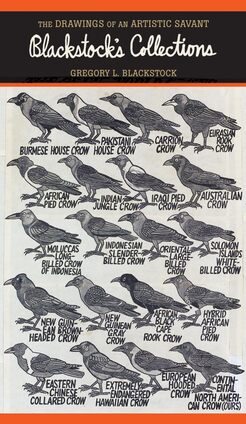

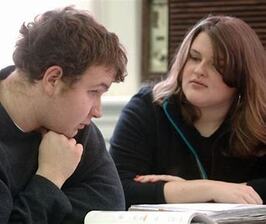
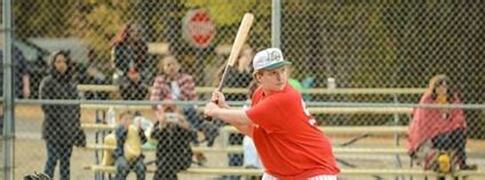




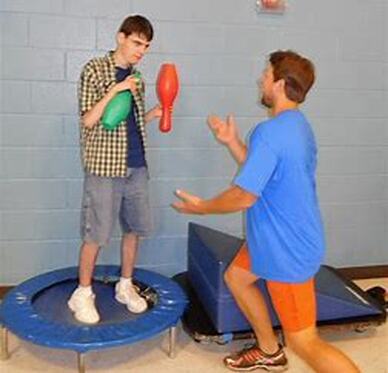
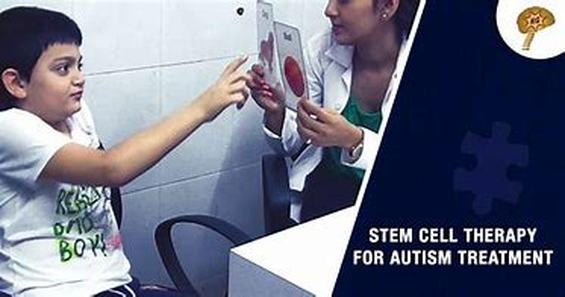



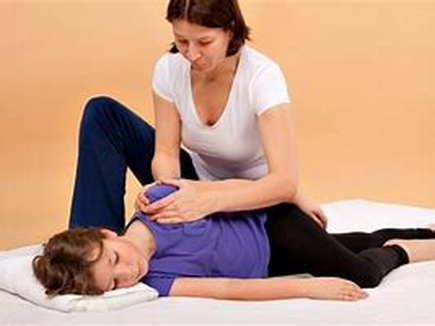













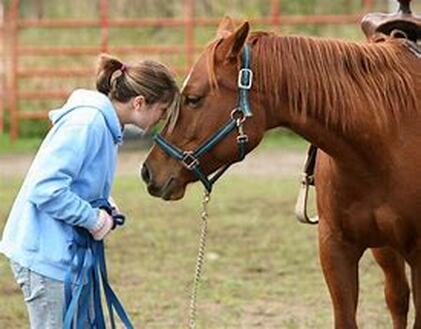




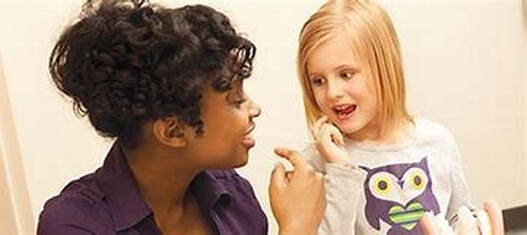
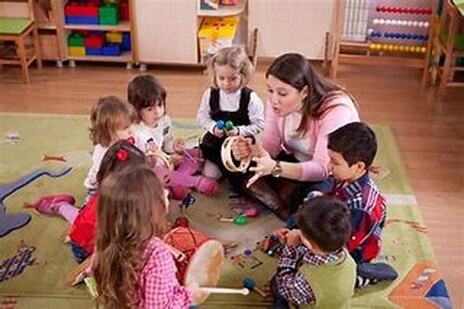
 RSS Feed
RSS Feed